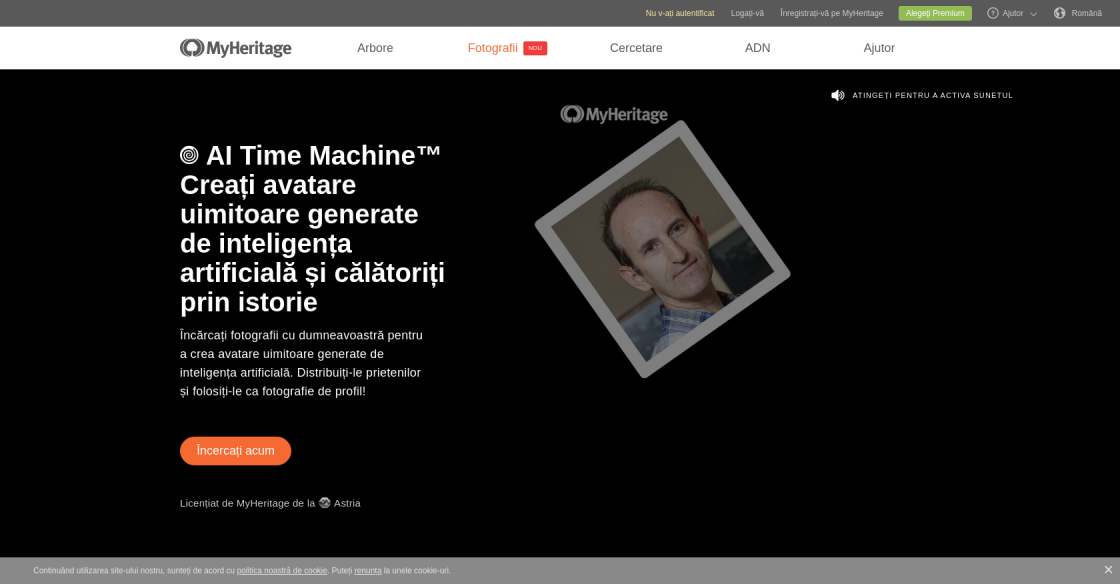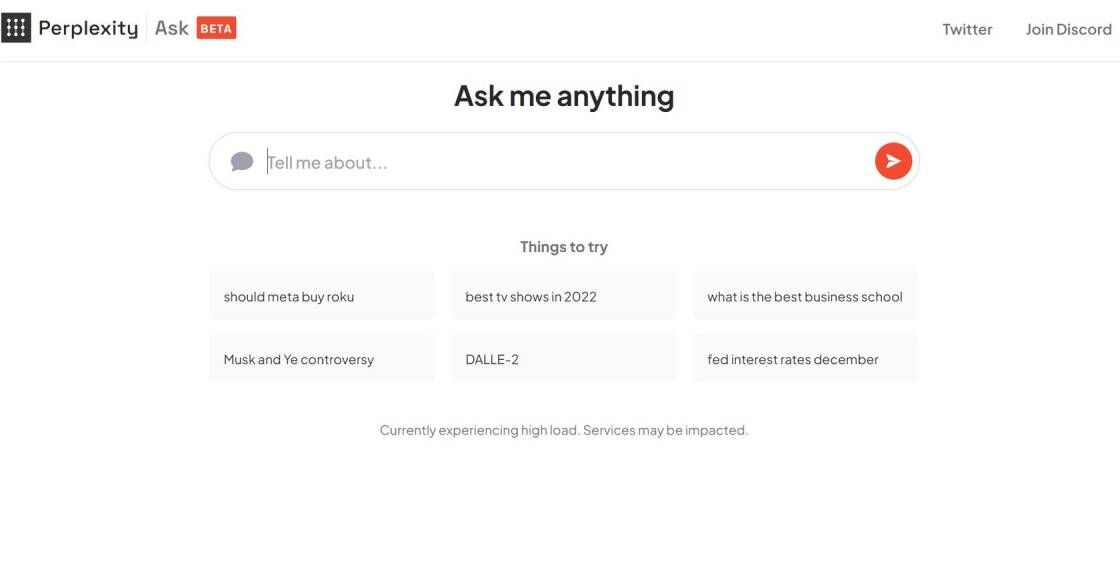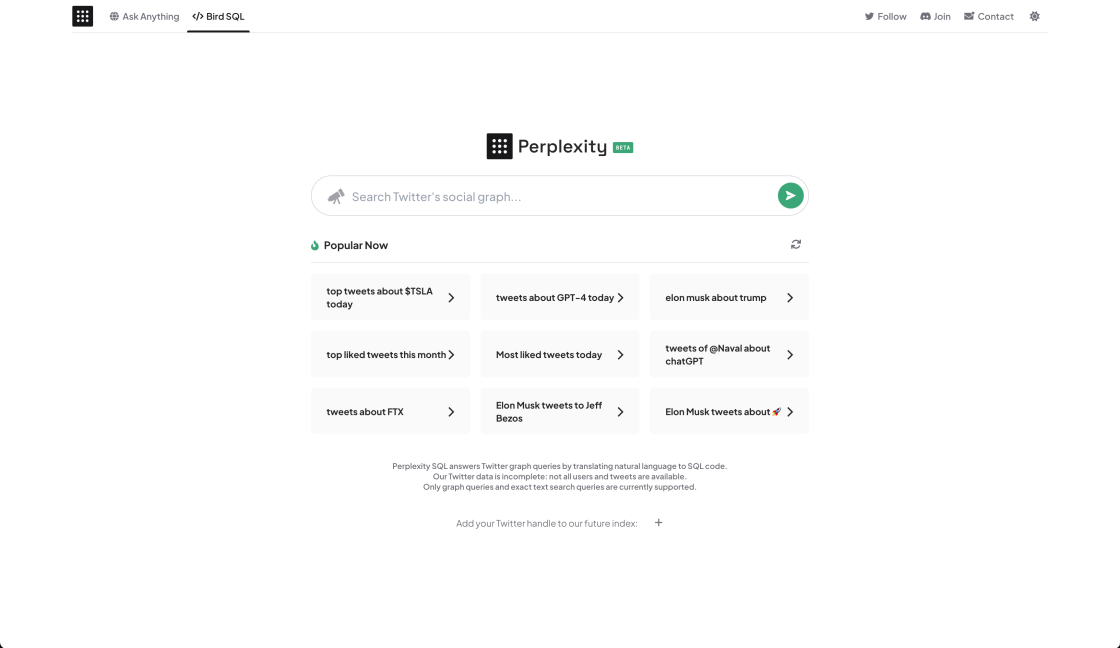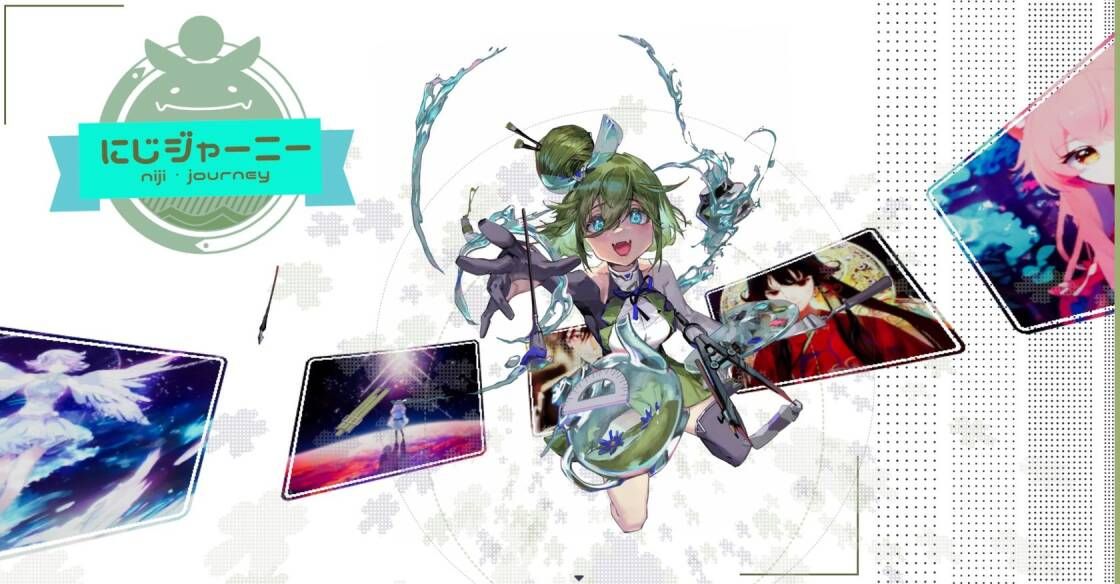

QuarklQL is an innovative tool designed to simplify the testing of image APIs while providing the flexibility to create customized images. With its user-friendly interface and powerful features, QuarklQL streamlines the process of image API testing, making it more efficient and effective for developers and testers alike. By generating custom images, QuarklQL allows for comprehensive and accurate assessment of the API's functionality and performance. This introduction explores the significance of QuarklQL in revolutionizing image API testing and highlights its potential impact on the development and optimization of image-focused applications.
Genera.so is an innovative platform that revolutionizes the way generative image applications are developed and launched. With Genera.so, individuals and businesses can effortlessly create and deploy their own generative image applications in a matter of minutes. This groundbreaking tool eliminates the complexities traditionally associated with coding and programming, making it accessible to users without prior technical expertise. By providing a streamlined and user-friendly interface, Genera.so empowers creators to explore their artistic vision, unleashing endless possibilities for generating unique and captivating images. With its intuitive features and efficient functionality, Genera.so is set to reshape the landscape of generative image applications.
Death to the Stock Photo is a website that caters to those who are tired of the generic and repetitive stock photos found in most online image libraries. The site offers a vast collection of high-quality, unique and creative royalty-free photos that can be used for personal or commercial purposes. With its focus on providing authentic and diverse visuals, Death to the Stock Photo has become a go-to resource for individuals and businesses looking to add an edge to their visual content.
OpenAI's DALL·E model is a powerful GPT-3 model designed for image generation. The model takes in text descriptions of images and produces corresponding images. It uses a combination of natural language processing and computer vision techniques to generate realistic images from natural language input. DALL·E can be used for a wide range of applications, such as image captioning and image synthesis. With this technology, OpenAI has taken a significant step towards making AI-generated images more accessible and more realistic than ever before.
Welcome to Diffusion Land! Here, you can explore the possibilities of AI image generation. We offer you several prebuilt concepts that you can use to generate certain types of images. With our AI models, you can create stunning visuals with ease. So, come on in and discover the world of AI image generation with Diffusion Land!
Adobe Photoshop is one of the most popular photo editing software applications in the world. With Flying Dog's addition of DALLE 2 and Stable Diffusion, Adobe Photoshop now gets a host of exciting features like Text to Image, Image to Image, Inpainting, Outpainting and a powerful workflow to preview and adjust images. This will allow users to create stunning graphical images with much more efficiency.

Stable Diffusion Photoshop Plugin
Explore the best Photoshop apps - Adobe Photoshop

YouChat
AI Chatbot Builder

Ghostwriter
Ghostwriter - Code faster with AI - Replit

AI Time Machine
AI Time Machine™ : créez des avatars IA et voyagez dans le temps

Speechify
Best Free Text To Speech Voice Reader | Speechify

Perplexity AI
Building Smarter AI

Perplexity AI: Bird SQL
A Twitter search interface that is powered by Perplexity’s structured search engine

Nijijourney
NijiJourney AI for the anime fans. The new niji model is tuned with a fine eye to produce anime and illustrative styles. It has vastly more knowledge of anime, anime styles, and anime aesthetics. It's great at dynamic and action shots, and character-focused compositions in general.
Recent advancements in deep learning and artificial intelligence have revolutionized the way we create and manipulate digital content. One of the most exciting applications of these technologies is the ability to generate high-quality synthetic images that are almost indistinguishable from real photos. BigGAN is a state-of-the-art deep learning tool that has been developed for this purpose, enabling researchers and designers to create stunning visual content with ease.
BigGAN is a generative adversarial network (GAN) architecture that is capable of generating high-resolution images with incredible detail and complexity. It uses a combination of advanced algorithms and machine learning techniques to produce realistic images that are difficult to tell apart from actual photos. This powerful tool has a wide range of applications, including creating realistic virtual environments, designing new products, and enhancing digital media.
In this article, we will explore the capabilities of BigGAN and the ways in which it is transforming the field of digital image generation. We will examine the underlying principles behind its design and showcase some of the incredible images that have been generated using this cutting-edge technology. Whether you are a researcher, designer, or simply someone who loves digital art, BigGAN is sure to impress and inspire.
BigGAN is a deep learning tool that generates high-quality synthetic images using Generative Adversarial Networks (GANs) architecture.
BigGAN works by training a neural network on a large dataset of real images and using this network to generate new images that are similar in style and quality.
The advantage of using BigGAN is that it can generate high-resolution images that look like they were taken from real life, making it useful for a variety of applications like computer vision, gaming, and more.
BigGAN requires some knowledge of deep learning and programming to use effectively. However, there are many resources available online that can help you get started with using it.
Yes, BigGAN can be used for commercial purposes, as long as you have the necessary permissions and licenses to use the software and any images generated from it.
BigGAN can work with a wide variety of data, including images, text, and audio.
Some of the limitations of BigGAN include the need for high-quality training data, the amount of processing power required, and the potential for overfitting.
GANs (Generative Adversarial Networks) are a type of neural network that are trained to generate new data by learning from existing data. In BigGAN, GANs are used to generate high-quality synthetic images.
Yes, BigGAN is an open-source software project that is available for free download and use.
Some of the most popular applications of BigGAN include image synthesis, image editing, and video game development.
| Competitor | Description | Key Differences |
|---|---|---|
| StyleGAN | Deep learning tool for generating high-quality images with greater control over the style and structure of the output | Uses adaptive instance normalization to separate the style and content information of an image |
| DALL-E | AI model that generates images from textual descriptions, allowing for more specific and complex image creation | Focuses on creating images based on language input rather than random noise input |
| GPT-3 | Language processing AI model that can generate text, but also has the ability to create images based on textual input | Can generate images based on written descriptions, but does not have the same level of control over image structure as BigGAN or StyleGAN |
| ProGAN | Progressively growing GAN (Generative Adversarial Network) that creates high-resolution images with improved detail and quality | Focuses on improving the quality and resolution of generated images |
| CycleGAN | GAN-based model that can translate images from one domain to another (e.g. turning horses into zebras) | Not focused on generating new images from scratch, but rather transforming existing images into a different style or domain |
BigGAN is a deep learning tool that has been designed to generate high-quality synthetic images with high resolution and complexity. It is based on the Generative Adversarial Network (GAN) architecture, which is a type of neural network used for generating new data samples.
The main advantage of BigGAN over other GAN-based models is its ability to generate images with a much higher level of detail and realism. This is achieved through the use of a large number of parameters, which allows the model to learn more complex patterns and structures in the data.
BigGAN is also highly scalable, meaning that it can be trained on large datasets with millions of images, which is essential for generating high-quality synthetic images that are representative of real-world data.
Another key feature of BigGAN is its ability to generate images with controllable features, such as color, texture, and style. This is achieved through the use of conditional GANs, which allow the user to provide input to the model in order to control the output.
Overall, BigGAN is a powerful tool for generating high-quality synthetic images, which has numerous applications in fields such as computer vision, machine learning, and artificial intelligence. However, it is important to note that the use of synthetic data should always be accompanied by rigorous validation and testing in order to ensure that it accurately reflects the real-world data.
TOP